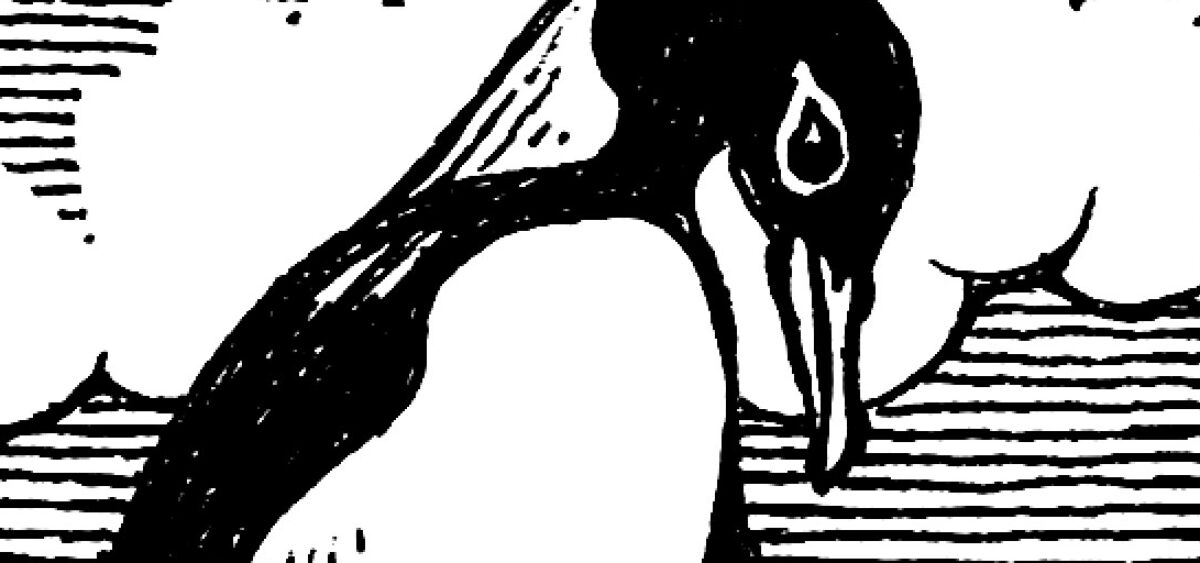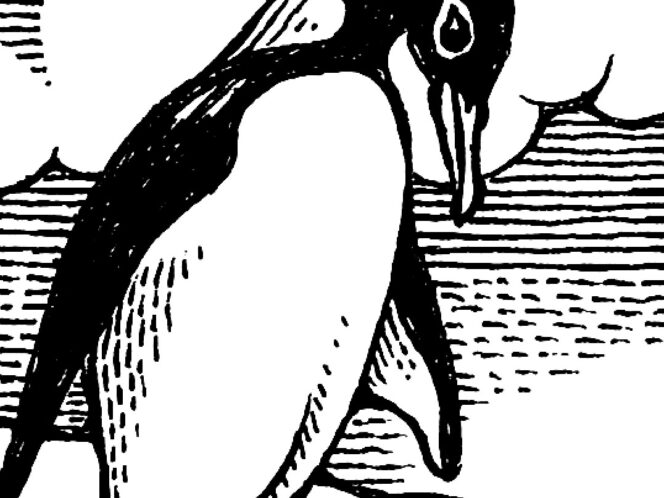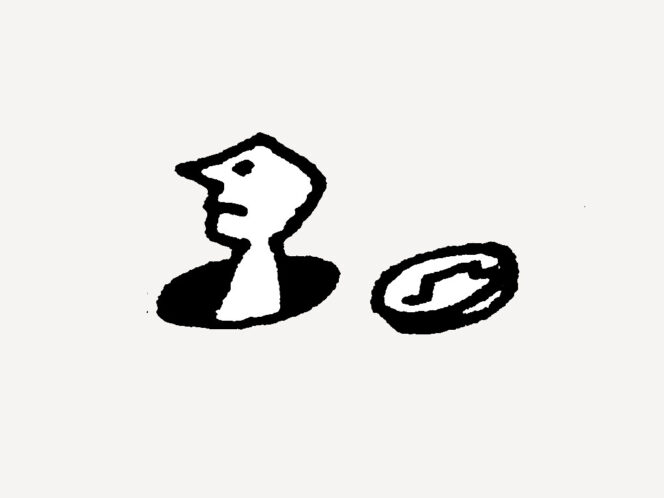
Evolution doesn’t work the same way as the architects of the Brazilian capital did; they planned and thought out Brasilia from start to finish. Evolution works more like the residents of the favelas, building their shelter from whatever is at hand.
In 1979, Stephen Jay Gould and Richard Lewontin published one of the most well-read articles in the history of evolutionism. It’s exceptional if for no other reason than rather than beginning with a description of the natural world, it started with the vaults of St. Mark’s Basilica in Venice, covered by mosaics. Noteworthy among them are the ones that fill the triangular space between the arches supporting the cupola. These spaces are called spandrels; the Polish term literally means “armpit of the arch.” (In fact, Gould and Lewontin confused spandrels with another architectural element, the pendentive, but this only bothers our editor, Miładzia Jędrysik.)
It may seem that these surfaces were created precisely to bear sophisticated decorations, but creating them is actually unavoidable if two arches adjoin one another—in the place where each moves off in its own direction, there must be a space with precisely this shape. The mosaics were only made later, to somehow make use of something that already existed anyway. There are many “spandrels” of exactly this type in evolution.
Flaw Upon Flaw
For example, let us examine a representative of the proud species Homo sapiens. Once we’ve delighted in its per








